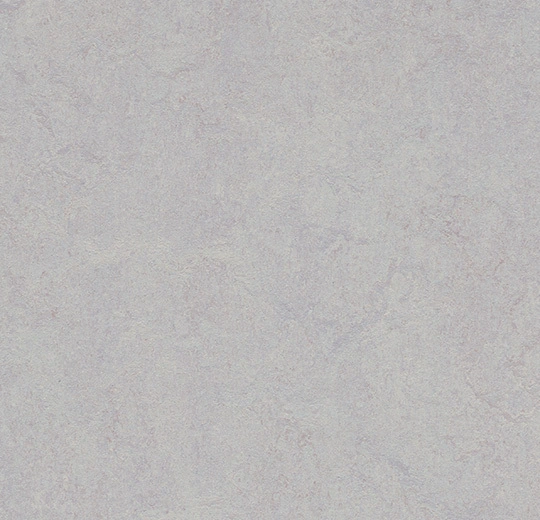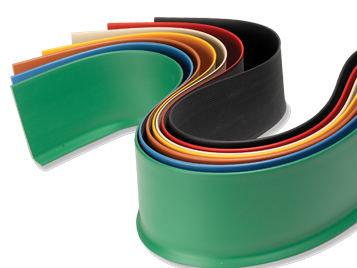In order to get a perfect floor it is important to prepare and to pay attention to a proper installation of the floor covering. Forbo offers an assortment of high quality installation products and tools, which helps you obtaining the desired result. Key factors for successful installation of a floor are:
Jobsite Conditions
Areas to receive material should be clean, fully enclosed and weather tight with the permanent HVAC in operation. A minimum temperature 68º F (20º C) should be established at least seven days prior to beginning the installation, maintained during the installation, and for at least seven days following the installation. The installation should not begin until the work of all other trades has been completed, especially overhead trades. Any areas to receive material should be adequately lighted to allow for proper inspection of the substrate, installation, seaming and for final inspection.
Subfloor Preparation
The installation of a floor starts with the subfloor, which must be sound, smooth, flat, clean, and permanently dry. In order to ensure that the moisture condition of concrete substrates is within acceptable limits, it is critical that moisture testing be conducted on ALL concrete substrates, regardless of age or grade level, including those where resilient flooring has already been installed. Moisture testing should not be conducted unless a stable, conditioned environment as described under the Jobsite Conditions section has been established. The 3 moisture testes that Forbo recommends conducting are as follows: a Calcium Chloride (Moisture Vapor Emission) Test, a Relative Humidity Test, and a pH Test. Performing adhesive bond tests is also highly recommended. Bond testing will aid in identifying both the working characteristics of the adhesive (open time and working time) for the site conditions, and also any potential bonding problems.
Material Storage and Handling
Areas where materials are to be stored should be a stable, conditioned environment as described under the Jobsite Conditions section. All materials and adhesives should be acclimated to these conditions for at least 48 hours prior to the installation. Material should be delivered to the job site in original, unopened packaging, with all labels intact. All rolls should be stored standing upright, labels up, to ensure that the color, roll and batch numbers can be easily read.
Scribing and Cutting
A good start makes all the difference: pay extra attention to the first sheet of floor covering! A set of professional installation tools contributes to a perfect result.
Adhering
A perfectly installed floor requires perfect adhesion. Forbo offers 3 high quality adhesives for Marmoleum sheet installations, L 885, Sustain 885m, & Sustain 1195. The flooring material must always be placed into wet adhesive and rolled immediately with a 100 pound roller. Check for adhesive transfer frequently. There must be a wet transfer of adhesive to the material backing in order to achieve a secure bond. Always carefully read and follow the instructions on the adhesive label regarding the use and application of the adhesive, and always review and follow safety and health warnings included on the label and MSDS. After installation, make sure that the room is ventilated, in order to allow the adhesive to dry. Heavy foot traffic and rolling loads are not recommended over a freshly installed floor, until the adhesive has set thoroughly, which in normal conditions takes about 72 hours.
Seaming
There are 2 options when it comes to seaming, the heat weld or the net fit seam.
Heat welding provides a watertight and hygienic seam. Forbo Marmoleum and linoleum products may be heat welded with either a matching solid or multi-colored welding rod or a contrasting colored welding rod, use only Forbo Marmoweld welding rod. All welding should only be done after the flooring adhesive has set up or approximately 24 hours after installation. The depth of the groove on 2.0 mm and 2.5 mm material should be down to the jute fibers but not through them. The material should be grooved to a 3.5 mm wide U-shape. It is recommended to practice on a scrap piece of material first to assure proper temperature and speed.
The net fit seam is when one side of the sheet is cut at an angle so that some adhesive can get up in between the 2 sheets when they are put together.
Installation Guide














